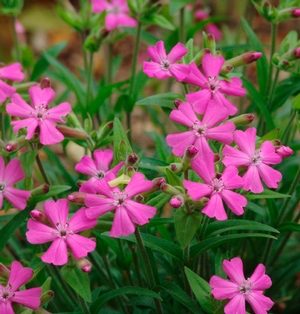 Year four is apparently when you realize you don't know what the hell you're doing.
Year four is apparently when you realize you don't know what the hell you're doing. The rabbit has returned. I foolishly thought he would not eat the small red bean plants after they reached a certain size. Now what was once a nice patch of beans is a bunch of stubs.

At least he's eating the small reds and not the black eyed peas.

So, next year I can put up a fence, or just use small red beans as a "trap crop."
On top of all my other tomato issues, one of my tomatoes has pinworms. Yuck. No more transplants, ever again. I'm sure the pests can still find my plants, but maybe there is a better chance of not introducing new problems if I don't bring home the plants from a garden center or farmer's greenhouse, where this is a common pest.
Of course it is the tomato (Pruden's Purple) that looked the healthiest. I kept wondering why the leaves were folded together. I should have looked it up and started pulling the leaves a lot earlier to prevent an infestation.

The cucumbers that looked so great mere days ago have what looks to be downy mildew. What's annoying is I was doing everything right--they are on a trellis so they have good air circulation, I mulched heavily with straw, and I water the soil, not the leaves. I can try copper fungicide or an organic product called Serenade (bacteria-based), but this might be it for the cukes before I even got one fruit.


The strawberries have some sort of fungus, or maybe three, but I'll give them one more year as they should still produce fruit. This was my fault, as I did not space the plants enough and my irrigation system sprays the leaves.


At least I have flowers to lift my spirits!

Other bright spots:

Look what the leaf cutter bee (a native pollinator) does--she makes cute little polka dots in my leaves! I heart her.
My sweet pepper is doing pretty well.

There's always delicata. I've picked some too early (they looked ripe) and they became spongy (still edible), so I''ll leave these on much longer.

The tomatillos look to finally be forming!


My new trellises, for the exploding passion flower vine, look mighty fine. I need two more. I found a flower bud when I was training the vine, so I guess it is getting enough sun after all.

Bring on fall!
































